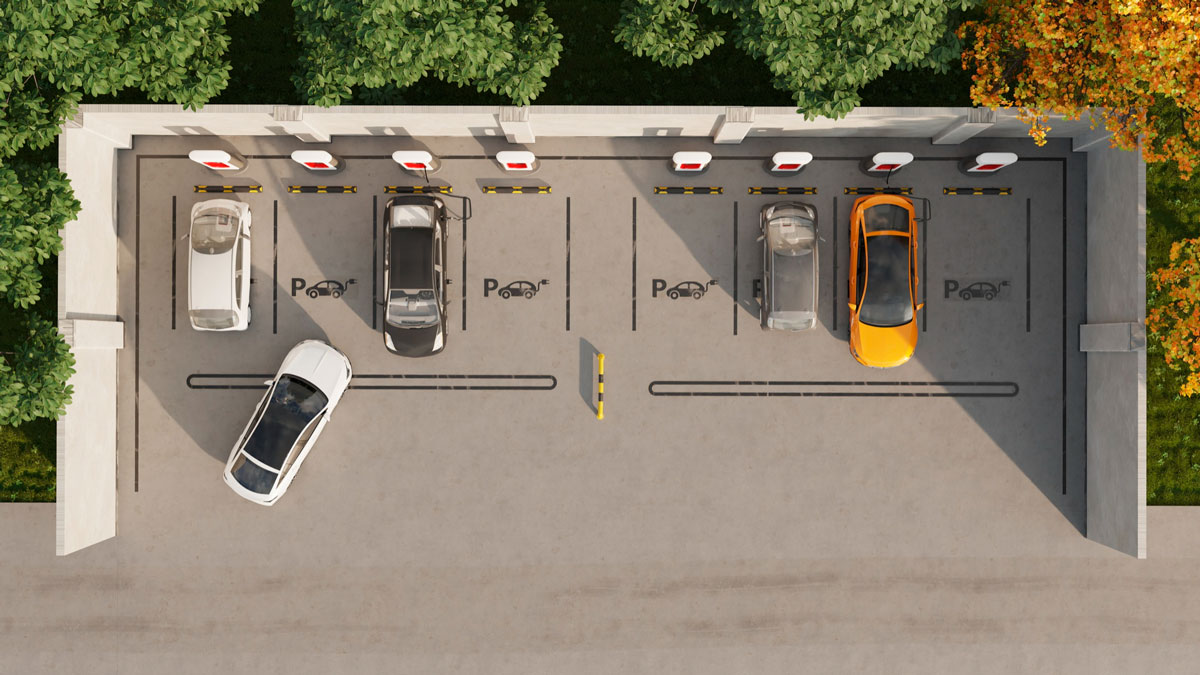The new space race is upon us. With private companies, national space agencies, and ambitious entrepreneurs pushing the boundaries of exploration, technology is playing a pivotal role in shaping the future of space travel and exploration. The advancements we’re witnessing today are not only making space more accessible but are also paving the way for revolutionary missions that were once considered science fiction. From reusable rockets to AI-driven satellites, space tech innovations are transforming how we understand the cosmos and our place in it.
1. Reusable Rockets: A Game Changer for Space Travel
One of the most significant advancements in space technology is the development of reusable rocket technology. Companies like SpaceX, Blue Origin, and Rocket Lab are leading the charge, making space more cost-effective and accessible than ever before. The breakthrough in reusable rockets is not just about reducing the cost of launching payloads into orbit, but also about revolutionizing the way space missions are conducted.
SpaceX’s Falcon 9 rocket, for example, is capable of landing back on Earth after launching a satellite or spacecraft into orbit, significantly reducing the cost of space travel. By reusing rockets, these companies can launch missions at a fraction of the cost compared to traditional expendable launch vehicles. This innovation has opened the door for more frequent missions, the ability to service and resupply the International Space Station (ISS), and even plans for human missions to the Moon, Mars, and beyond.
2. AI-Powered Satellites: Smarter, More Efficient Space Operations
Artificial intelligence (AI) is quickly becoming a critical tool in the space industry. AI-powered satellites are allowing for smarter, more efficient space operations by enabling real-time data processing, autonomous decision-making, and predictive analytics. These advancements are being used for everything from Earth observation and climate monitoring to communications and navigation systems.
One such example is the development of AI-powered autonomous satellites that can identify and adjust to anomalies in space, such as avoiding space debris or adjusting their orbits for optimal data collection. Satellites equipped with AI can make real-time decisions without the need for constant communication with Earth, improving mission efficiency and reducing operational costs. Additionally, AI systems are making it easier to analyze massive amounts of data collected from space, allowing scientists and researchers to make quicker and more informed decisions.
3. Space Tourism: Paving the Path for Commercial Space Travel
Space tourism is no longer a distant dream. With companies like Virgin Galactic, Blue Origin, and SpaceX pushing the envelope, commercial space travel is set to become a reality in the near future. Thanks to advancements in spacecraft technology and human-rated space vehicles, the idea of space tourism is becoming more accessible to a broader demographic.
Virgin Galactic’s SpaceShipTwo, for instance, is designed to take passengers to the edge of space for a brief but thrilling experience of weightlessness and breathtaking views of Earth. Similarly, Blue Origin’s New Shepard rocket is designed for suborbital flights, offering passengers a few minutes in space. While these companies have yet to open their doors to the public on a large scale, their progress signals that space tourism could soon be a mainstream industry.
What was once reserved for astronauts and billionaires is now within reach for those with a strong passion for space and a hefty bank account. In the coming years, more companies are expected to enter the space tourism industry, further reducing costs and making the dream of space travel available to a wider audience.
4. Moon and Mars Missions: New Frontiers of Exploration
The space race isn’t just about commercial ventures—national space agencies are also ramping up their efforts to explore new frontiers. NASA, China’s CNSA, and the European Space Agency (ESA) are all working on missions to the Moon and Mars, leveraging cutting-edge space technology to explore our neighboring celestial bodies.
NASA’s Artemis program, for example, aims to land the first woman and the next man on the Moon by 2024 and establish a sustainable human presence on the lunar surface by the end of the decade. This will pave the way for future Mars missions, with the goal of sending astronauts to the Red Planet in the 2030s.
These missions will rely on technology breakthroughs, such as advanced propulsion systems, life-support systems, and lunar habitats, to ensure astronauts can survive and thrive in these harsh environments. Robotic spacecraft, like NASA’s Perseverance rover on Mars, are also playing an important role in gathering data and preparing the ground for human missions.
5. Space-Based Internet: Connecting the World from Above
One of the most exciting innovations coming from the new space race is the development of space-based internet systems. Companies like SpaceX and OneWeb are deploying large constellations of low Earth orbit (LEO) satellites to provide high-speed, global internet coverage, especially in remote and underserved areas.
SpaceX’s Starlink project is a prime example of how satellite constellations can revolutionize global internet access. With thousands of small satellites already in orbit and many more planned, Starlink aims to provide internet connectivity to even the most remote regions of the Earth. By reducing the reliance on traditional ground-based infrastructure, space-based internet systems promise to bridge the digital divide and offer affordable, high-speed internet to people in rural and developing areas.
In addition to providing connectivity to underserved regions, space-based internet also has the potential to transform industries such as remote education, telemedicine, and disaster relief. With the ability to deliver internet access anywhere on the planet, these innovations could change how we communicate, work, and access services in the digital age.
6. Sustainable Space Tech: Mitigating Space Debris
As more satellites and spacecraft are launched into orbit, the issue of space debris has become a growing concern. There are currently millions of pieces of debris orbiting the Earth, ranging from defunct satellites to tiny fragments of rockets, posing a threat to active spacecraft and future missions.
To address this, several companies and space agencies are working on technology to remove space debris and ensure sustainable space operations. Innovations such as robotic arms, lasers, and autonomous spacecraft are being developed to capture and deorbit defunct satellites and large pieces of debris, reducing the risk of collisions and preserving the space environment for future generations.
Conclusion: The Sky Is No Longer the Limit
As we move deeper into the 21st century, space technology is evolving at a pace never seen before. The new space race is no longer just about national pride or exploration; it’s about revolutionizing industries, solving global challenges, and making space accessible to all. From reusable rockets and AI-powered satellites to space tourism and the development of sustainable space operations, the innovations happening today are paving the way for a future where space is not just a distant frontier, but an integral part of our everyday lives. As technology continues to break new boundaries, one thing is clear: the sky is no longer the limit.













